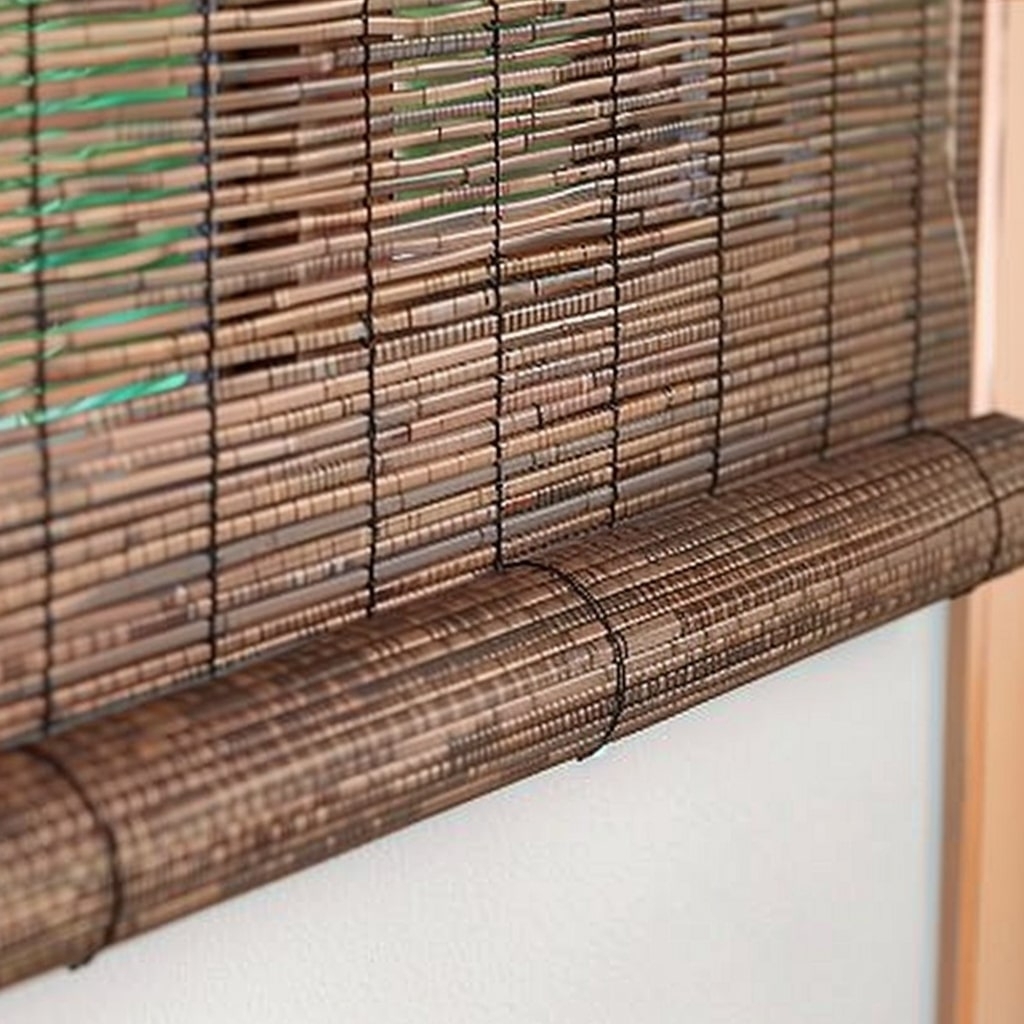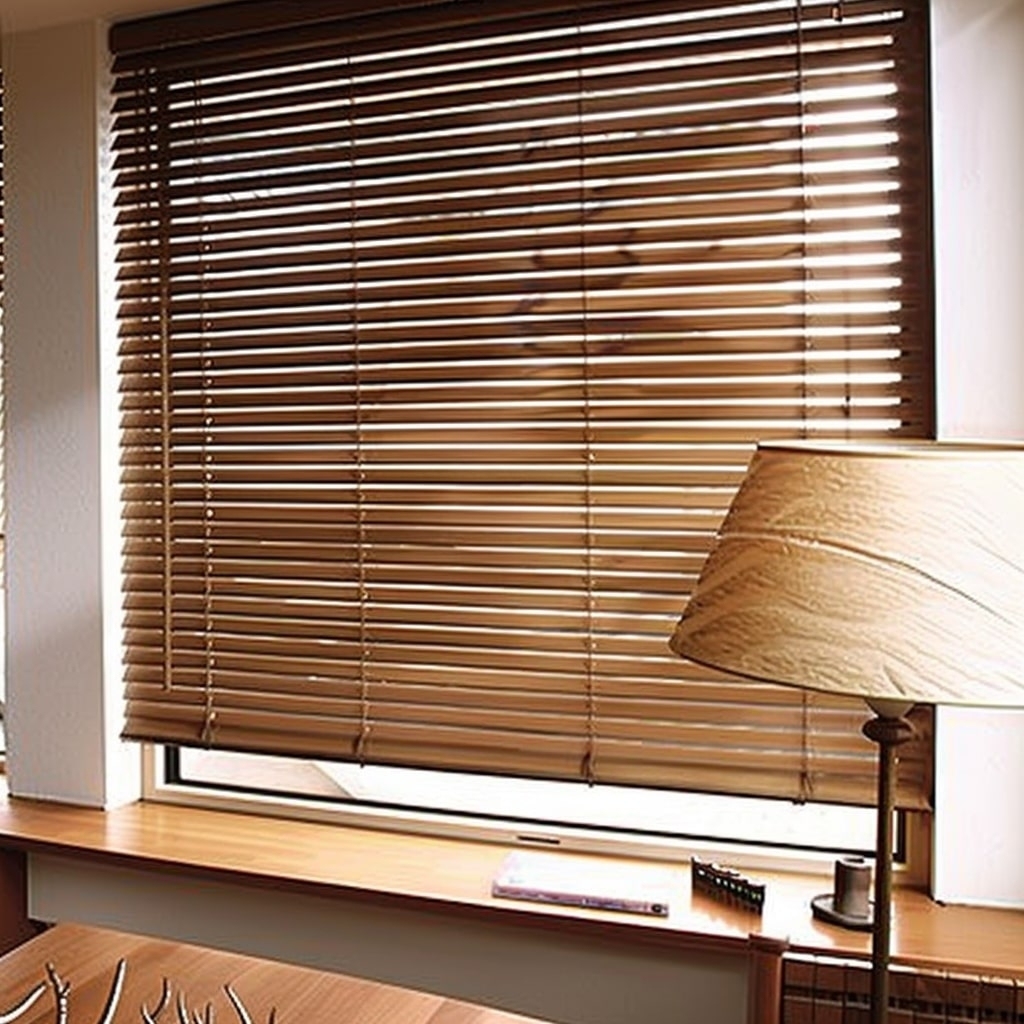
Vertical blinds are a popular choice for window treatments in both residential and commercial spaces. They offer functionality, versatility, and style to any room. One key factor that contributes to the effectiveness of vertical blinds is the materials used in their construction.
There are several types of materials commonly used in vertical blinds, each with its own unique characteristics and benefits. Some of the most common materials include fabric, vinyl, aluminum, and wood.
Fabric vertical blinds are a popular choice for those looking to add a touch of softness and warmth to their space. They come in a wide range of colors, patterns, and textures, making them easy to customize to suit any decor style. Fabric vertical blinds also provide excellent light control and privacy.
Vinyl vertical blinds are another popular option due to their durability and affordability. They are easy to clean and maintain, making them an ideal choice for high-traffic areas or homes with children or pets. Vinyl vertical blinds also come in a variety of colors and finishes to complement any design aesthetic.
Aluminum vertical blinds offer a sleek and modern look that is perfect for contemporary spaces. They are lightweight yet sturdy, providing excellent light control and privacy. Aluminum vertical blinds are also available in a wide range of colors and finishes to match any decor scheme.
Wood vertical blinds add a touch of elegance and sophistication to any room. They are made from real wood or faux wood materials that mimic the natural beauty of wood grains. Wood vertical blinds offer superior light control and insulation properties while adding warmth and texture to the space.
In conclusion, the type of material used in vertical blinds can greatly impact their functionality, appearance, and longevity. Whether you prefer fabric for its softness, vinyl for its durability, aluminum for its modern look, or wood for its elegance, there is a material option available to suit your needs and style preferences when it comes to choosing the perfect vertical blind for your space.
Vertical blinds are a popular window treatment option that offers many benefits to homeowners. One of the key advantages of installing vertical blinds is their versatility. They come in a wide range of colors, materials, and sizes, making it easy to find the perfect fit for any room in your home.
In addition to their aesthetic appeal, vertical blinds also offer practical benefits. They are great for controlling light and privacy levels in a room. By simply adjusting the angle of the slats, you can easily regulate the amount of sunlight that enters a space. This makes them an excellent choice for bedrooms or living rooms where natural light control is important.
Another advantage of vertical blinds is their durability and ease of maintenance. Unlike curtains or drapes, which can require frequent washing or dry cleaning, vertical blinds only need occasional dusting or wiping down with a damp cloth to keep them looking fresh and clean.
Furthermore, vertical blinds are an energy-efficient window treatment option. By effectively blocking out sunlight during the hot summer months and trapping heat indoors during the winter, they can help reduce your energy bills by keeping your home at a comfortable temperature year-round.
Overall, installing vertical blinds in your home is a smart investment that offers both practical and aesthetic benefits. With their versatility, light control capabilities, durability, and energy efficiency, they are sure to enhance any room while providing functional advantages that make daily life just a little bit easier.

Vertical blinds are a popular and stylish window treatment option that can add a touch of elegance to any room. However, like any other household item, they need regular cleaning and maintenance to keep them looking their best.
To clean vertical blinds, start by dusting them regularly with a feather duster or a microfiber cloth. This will help prevent dirt and dust from building up on the slats. For a deeper clean, you can remove the blinds from the window and wash them in a bathtub filled with warm, soapy water. Be sure to rinse them thoroughly and allow them to dry completely before rehanging them.
In addition to regular cleaning, it's important to maintain your vertical blinds by checking for any damaged or broken slats. If you notice any issues, replace the damaged slats as soon as possible to ensure that your blinds continue to function properly.
By following these simple tips for cleaning and maintaining your vertical blinds, you can keep them looking great for years to come. Remember that regular care and attention will not only extend the life of your blinds but also enhance the overall appearance of your home.
When it comes to choosing the right size and style for your space, vertical blinds can be a great option. Vertical blinds are not only practical but also add a touch of elegance to any room.
The first thing to consider when selecting vertical blinds is the size of your windows. It's important to measure the width and height of your windows accurately to ensure that the blinds fit perfectly. If you have larger windows, you may need to opt for wider slats or multiple panels to cover the entire window.
Next, think about the style of vertical blinds that will best suit your space. There are many options available, from traditional fabric blinds to sleek vinyl or aluminum ones. Consider the overall aesthetic of your room and choose a style that complements it well.
Additionally, think about how much light control you need in the room. Some vertical blinds offer better light filtering capabilities than others, so consider this when making your selection.
Overall, choosing the right size and style for your space when it comes to vertical blinds is essential for creating a cohesive and polished look. Take your time exploring all the options available and don't hesitate to ask for help from a professional if needed. With the right choice, your vertical blinds can transform any room into a stylish and functional space.


When it comes to installing vertical blinds, the process may seem daunting at first, but with the right tools and a bit of patience, you can easily transform your space in no time.
The first step is to measure the width and length of your window frame accurately. This will ensure that you purchase the correct size blinds for a perfect fit. Once you have your measurements, it's time to gather your tools - a drill, screws, brackets, level, and of course, your new vertical blinds.
Next, mark where you want to place the brackets on either side of the window frame. Make sure they are evenly spaced and level before drilling pilot holes for the screws. Once the brackets are securely in place, simply slide the headrail of the blinds into position and secure it with the provided hardware.
Finally, attach the vanes to the carriers on the headrail by simply sliding them in from top to bottom until they click into place. Adjust the length of the blinds by removing any excess vanes if necessary.
And there you have it - a quick and easy installation process for vertical blinds that will instantly elevate the look of any room in your home. Enjoy your newly installed blinds and bask in the beauty of filtered light and enhanced privacy!
Vertical blinds are a popular window treatment choice for many homeowners due to their versatility and ability to control light and privacy. However, like any home furnishing, they can sometimes experience common issues that may need addressing.
One common issue with vertical blinds is when the slats become misaligned or do not open and close properly. This can be caused by a variety of factors such as dust accumulation, loose brackets, or damaged mechanisms. To fix this issue, start by cleaning the slats with a damp cloth to remove any dust buildup. If the problem persists, check for any loose brackets and tighten them as needed. If the mechanism is damaged, consider replacing it for smoother operation.
Another common issue is when the slats get stuck or do not slide smoothly along the track. This can be frustrating when trying to adjust the blinds or open and close them. To remedy this problem, try lubricating the track with a silicone-based spray to help the slats glide more easily. Additionally, check for any obstructions in the track that may be hindering movement.
Lastly, vertical blinds may develop sagging or drooping slats over time due to wear and tear. This can detract from their appearance and functionality. To address this issue, consider adjusting the tension on the control chain or cord to lift up sagging slats. If this does not resolve the problem, you may need to replace individual slats or consider installing new blinds altogether.
In conclusion, while vertical blinds offer many benefits in terms of light control and privacy, they are prone to common issues that may arise over time. By identifying these problems early on and taking proactive steps to address them, you can ensure that your vertical blinds continue to function effectively and enhance your living space for years to come.
